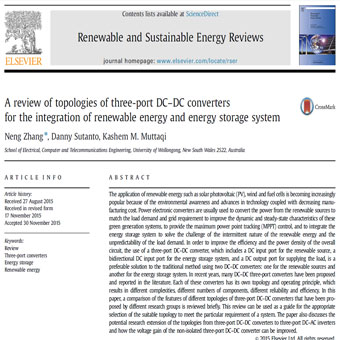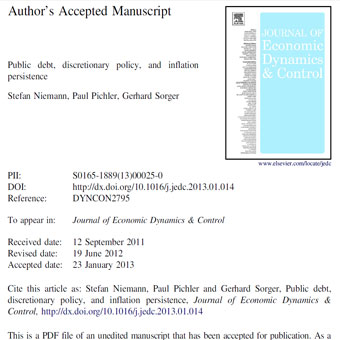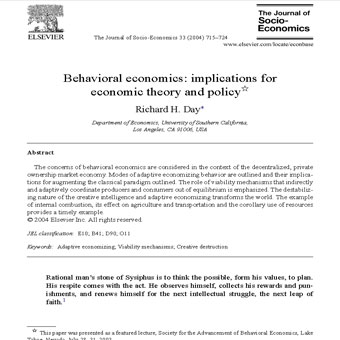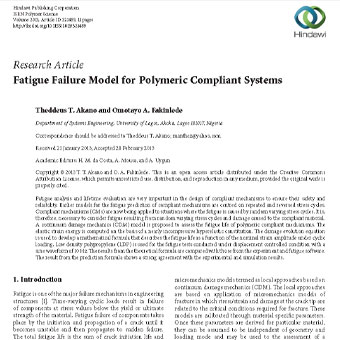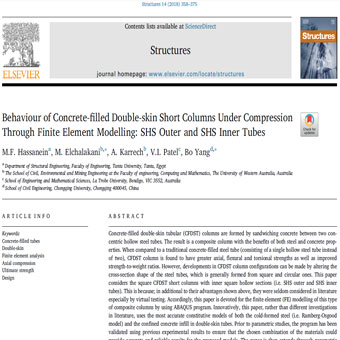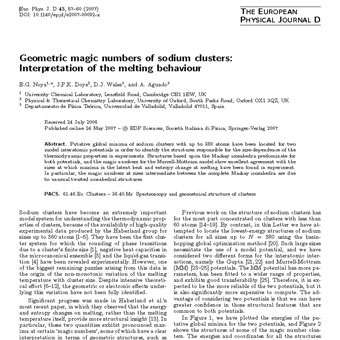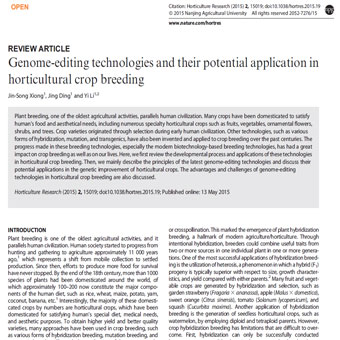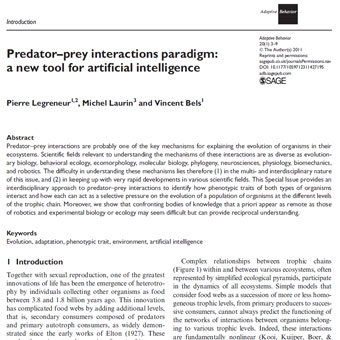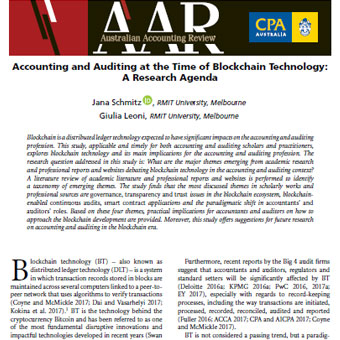عنوان فارسی مقاله: مروری بر توپولوژیهای کانورتر ها یا مبدلهای DC-DC سه پورتی برای تلفیق سیستم ذخیرهی انرژی و انرژی تجدید پذیر
چکیده
کاربرد انرژیهای تجدید پذیر مانند فتوولتائیک خورشیدی (PV)، سلولهای بادی و سوختی به دلیل آگاهی از محیط زیست و پیشرفتهای تکنولوژی همراه با کاهش هزینههای تولید، روز به روز در حال افزایش است. مبدلهای الکترونیکی نیرو معمولاً برای تبدیل نیرو از منابع تجدید پذیر برای مطابقت با تقاضای بار و نیاز شبکه به منظور بهبود ویژگیهای پویا و حالت پایدار در این سیستمهای تولید سبز، به منظور ارائه کنترل حداکثر ردیابی نقطه نیرو (MPPT) و … استفاده میشوند. ادغام سیستم ذخیره انرژی برای حل چالش ماهیت متناوب انرژی تجدید پذیر و غیرقابل پیش بینی تقاضای بار. به منظور بهبود راندمان و تراکم توان مدار کلی، استفاده از مبدل سه پورت DC-DC که شامل یک درگاه ورودی DC برای منبع تجدید پذیر، یک درگاه ورودی دو طرفه DC برای سیستم ذخیره انرژی و پورت خروجی DC برای تأمین بار، یک راه حل مطلوب برای روش سنتی با استفاده از دو مبدل DC-DC است: یکی برای منابع تجدید پذیر و دیگری برای سیستم ذخیره انرژی. در سالهای اخیر، بسیاری از مبدلهای سه پورت DC-DC در ادبیات ارائه شده و گزارش شده است. هر یک از این مبدلها توپولوژی و اصل کارایی خود را دارند که منجر به پیچیدگیهای مختلف، تعداد متفاوت اجزاء، قابلیت اطمینان و کارایی متفاوت میشود. در این مقاله، مقایسهای از ویژگیهای توپولوژیهای مختلف مبدلهای DC-DC سه پورت که توسط گروههای مختلف پژوهشی ارائه شدهاند، به طور خلاصه بررسی شده است. این مقالهی مروری میتواند به عنوان راهنمایی برای انتخاب مناسب توپولوژی مناسب برای برآوردن نیاز خاص یک سیستم مورد استفاده قرار گیرد. در این مقاله همچنین به بحث در مورد تحقیقات بالقوه توپولوژیها از مبدلهای سه پورت DC-DC به اینورترهای DC-AC سه پورت و چگونگی افزایش ولتاژ مبدل DC-DC سه پورت غیر ایزوله کمک میکند(توپولوژیهای کانورتر ها یا مبدلهای DC-DC).
- لینک دانلود فایل بلافاصله بعد از پرداخت وجه به نمایش در خواهد آمد.
- همچنین لینک دانلود به ایمیل شما ارسال خواهد شد به همین دلیل ایمیل خود را به دقت وارد نمایید.
- ممکن است ایمیل ارسالی به پوشه اسپم یا Bulk ایمیل شما ارسال شده باشد.
- در صورتی که به هر دلیلی موفق به دانلود فایل مورد نظر نشدید با ما تماس بگیرید.
 متن به فارسی | ترجمه مقالات و متون علمی | ترجمه و دانلود مقالات و انواع متون علمی و ادبی و پذیرش سفارش ترجمه
متن به فارسی | ترجمه مقالات و متون علمی | ترجمه و دانلود مقالات و انواع متون علمی و ادبی و پذیرش سفارش ترجمه
